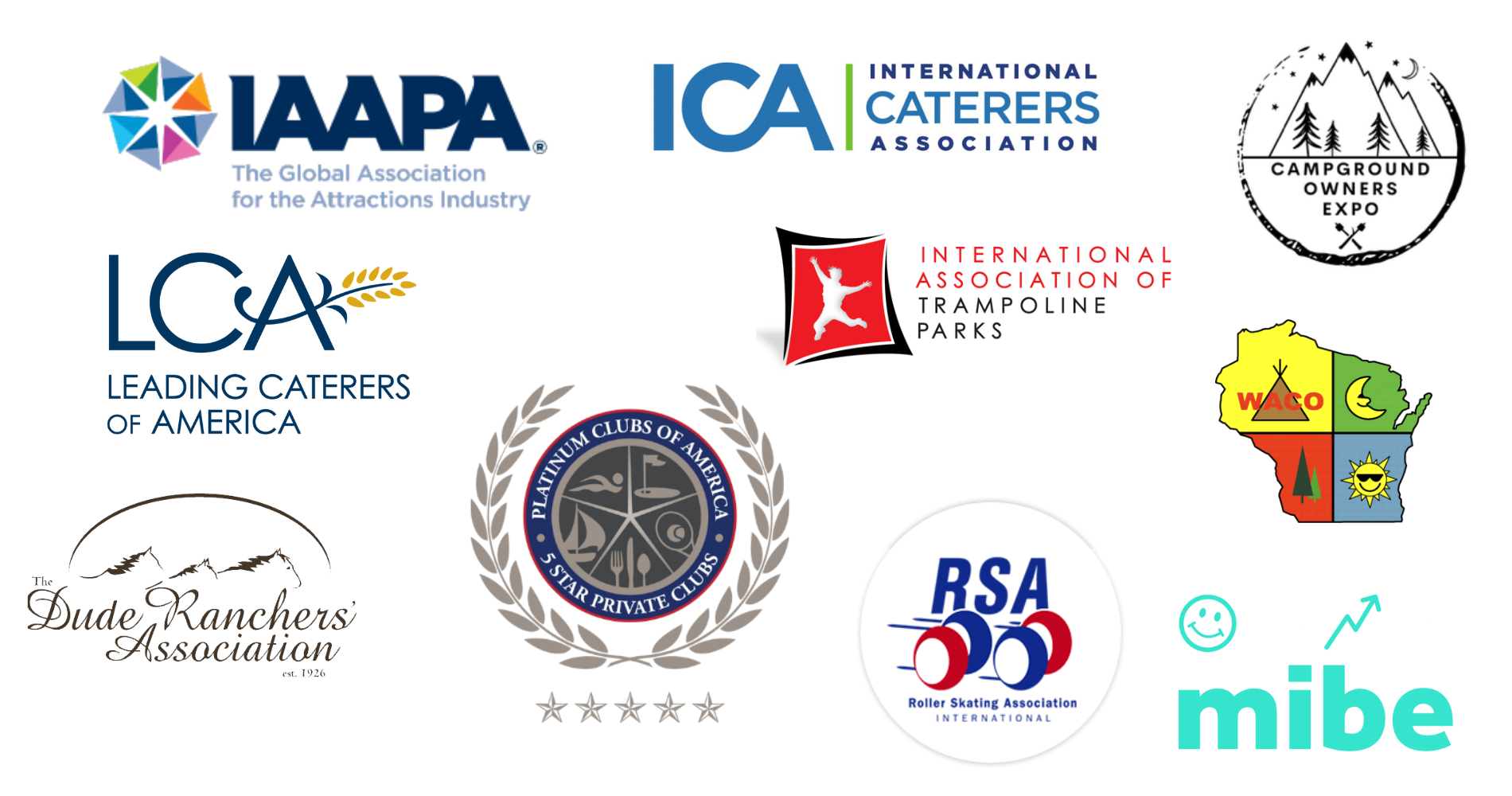Setting New Goals for 2020 as a Catering Professional
/Well, here we are midway through 2020 and most of our New Year goals have been laid to rest. COVID-19 came in and swept aside all of our plans for the year and now we’re solidly in Q3, staring ahead at the rest of the year with hopes to at least take a few steps towards our goals. As we approach widespread reopening across the nation, it’s time to start considering a new set of objectives: recovery goals.
“This is the first time in my career when we basically had to throw out all of the goals we had at the beginning of the year and start over,” shares Anthony Lambatos of Footers Catering. “Now that we are three months into this, we are moving from survival mode to designing what our future will look like and our current goals revolve around that.”
Of course, how the post-pandemic landscape looks is still uncertain, but most of us share the same needs for the rest of the year: to find some semblance of normalcy and to recoup our losses from consecutive months out of work.
Adam Gooch of Common Plea Catering says that recovery goals must be centered around profit: “Your goals should be how you can serve ANYTHING and make some sort of money! You have to look at things and open up to a different approach. You might have never been good at delivery or drop-off, but you will need to just do it. You can adjust as business comes in and fix little things, but if you don’t do anything, you will get passed up.”
In addition to increasing revenue, Lambatos reveals that his team is also addressing changes to their business operations to accommodate the changing impacts of the pandemic. “We are working hard to strengthen our standard operating procedures, which was something on our original strategic plan, but in light of business essentially going to almost zero, we’ve shifted our approach to the project and put more resources behind it,” he says. “We also have changed our revenue goals and modified our culture goals to adapt to the virtual work environment.”
Setting goals is challenging to begin with, but it’s especially difficult when you don’t know what the future holds. Still, having even a rough idea of late-2020 goals will help to motivate you in the right direction. Here are a few steps to map out your goals for the rest of the year.
Look at your numbers
Before setting any goals, you need to start by looking at your books. Although year-over-year data won’t tell you much this go-around, go back and see how your growth was from 2018 to 2019. Consider what those numbers might have looked like for 2020 and where it would be in 2021. From there, review your expenses this year and make a rough estimate of how you expect your expenses to continue going this year. What will it take to break even? How about to make a profit? Without concrete numbers, it’s hard to make actionable SMART goals, so you always need to start with the data.
Brainstorm new ideas
There’s still opportunity for growth, but it might mean pivoting your services for the time being to fill a need in the market until things are back to normal. This may look like opening up delivery and drop-off services, as mentioned by Gooch. It might mean penetrating a new market, like corporate events or micro-events. If there’s ever a time to try something new, it’s now — especially if it will bring in more revenue.
Prepare to be flexible
COVID-19 is still an evolving situation, so things could change at the drop of the hat. This means your goals need to be adjustable and ready to adapt to the situation. “Give yourself grace to set a goal and then modify it if the environment changes and as things become more certain,” adds Lambatos. “We often get too caught up in the unknown and it paralyzes us from making a decision or setting a goal.”
There’s no denying that there is still a lot up in the air for the rest of the year, but that’s no reason to call it a wash and wait to make new goals in 2021. Start now by setting new realistic goals for the rest of 2020, then adapt and refine them as necessary. This will keep you going in the right direction and prevent a mad scramble to catch up when returning to ‘business as usual.’



